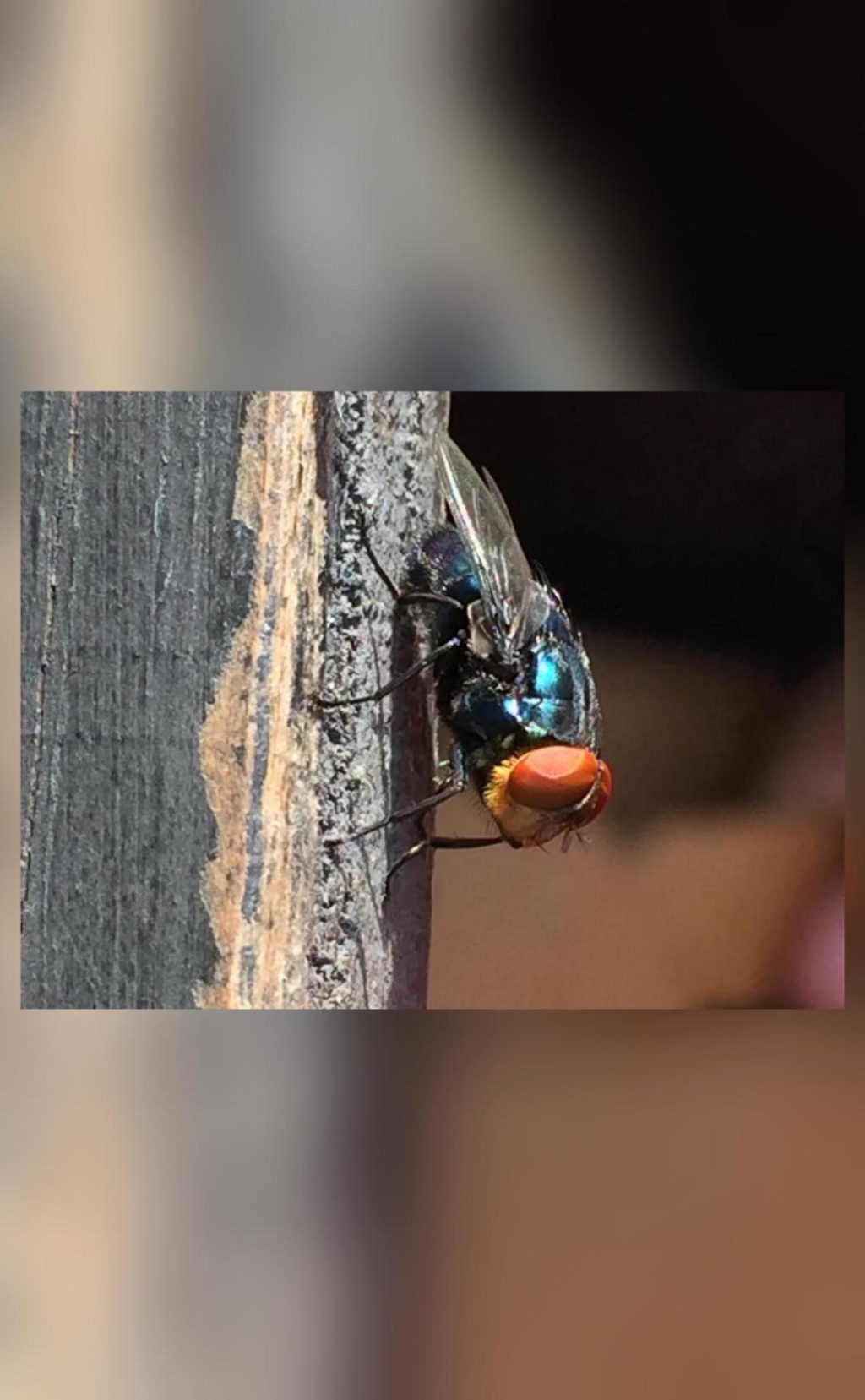
Why is the US planning to breed screwworm flies and dump them from planes over Mexico?
The United States government is embarking on a unique and ambitious plan to protect its beef industry from the flesh-eating larvae of the New World screwworm fly. As part of this plan, the US government is planning to breed billions of male flies and dump them from planes over Mexico and southern Texas. But how does this plan work, and what is the purpose behind it?
The New World screwworm fly (Cochliomyia hominivorax) is a parasitic insect that lays its eggs in the flesh of warm-blooded animals, including livestock, pets, and even humans. The larvae that hatch from these eggs feed on the living tissue of the host, causing severe tissue damage and potentially life-threatening infections. The screwworm fly is native to Central and South America, but it was eradicated from the United States in the 1960s through a similar biological control method.
However, in recent years, the screwworm fly has begun to reappear in the southern United States, particularly in southern Texas and Mexico. The re-emergence of this pest is a significant concern for the US beef industry, as it poses a major threat to the health and well-being of livestock and potentially devastating economic losses.
To combat this threat, the US government has turned to a novel approach: breeding and releasing sterile male screwworm flies to mate with wild female flies and prevent them from reproducing. The plan is to release billions of these sterilized male flies over Mexico and southern Texas, effectively controlling the population of the screwworm fly and preventing it from spreading further.
The process of breeding and sterilizing the male flies is a complex one. The US Department of Agriculture (USDA) and the Centers for Disease Control and Prevention (CDC) are working together to develop a strain of screwworm flies that can be bred in large quantities and sterilized using radiation. The male flies will be sterilized using a process called gamma radiation, which renders them unable to reproduce with female flies.
Once the male flies are sterilized, they will be released from planes over Mexico and southern Texas. These released flies will mate with wild female flies, but since they are unable to reproduce themselves, the population of the screwworm fly will eventually die out.
The plan to breed and release sterile male screwworm flies is not a new one. In fact, it was used successfully in the 1960s to eradicate the screwworm fly from the United States. However, the recent resurgence of the screwworm fly in the southern United States and Mexico has necessitated the development of a new plan to combat the pest.
The USDA and CDC have been working on the plan for several years, and it is expected to be implemented in the coming months. The agency is currently conducting tests to ensure the effectiveness of the sterilized male flies and to determine the optimal release strategy.
While the plan to breed and release sterile male screwworm flies may seem unusual, it is a highly effective and environmentally friendly way to control the population of the screwworm fly. It does not involve the use of pesticides or other chemicals, which can harm the environment and human health.
In conclusion, the US government’s plan to breed and release sterile male screwworm flies is a bold and innovative approach to protecting its beef industry from the flesh-eating larvae of the New World screwworm fly. By releasing billions of these sterilized male flies over Mexico and southern Texas, the US government hopes to prevent the screwworm fly from spreading further and causing devastating economic losses.
It will be interesting to see how this plan unfolds and whether it is successful in controlling the population of the screwworm fly. One thing is certain, however: the US government’s commitment to protecting its beef industry and preventing the spread of this devastating pest is unwavering.






